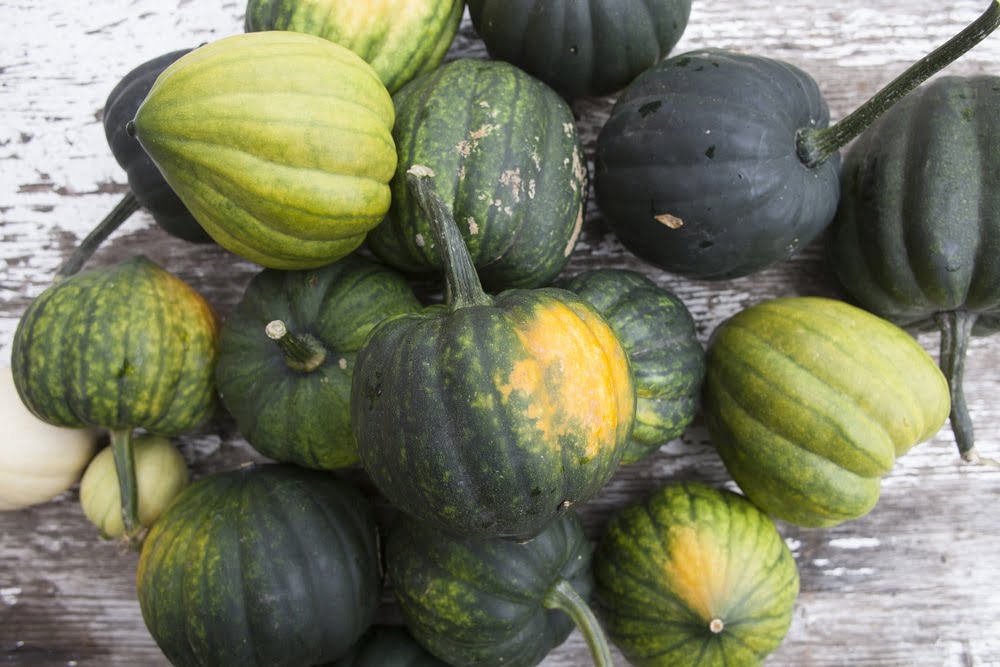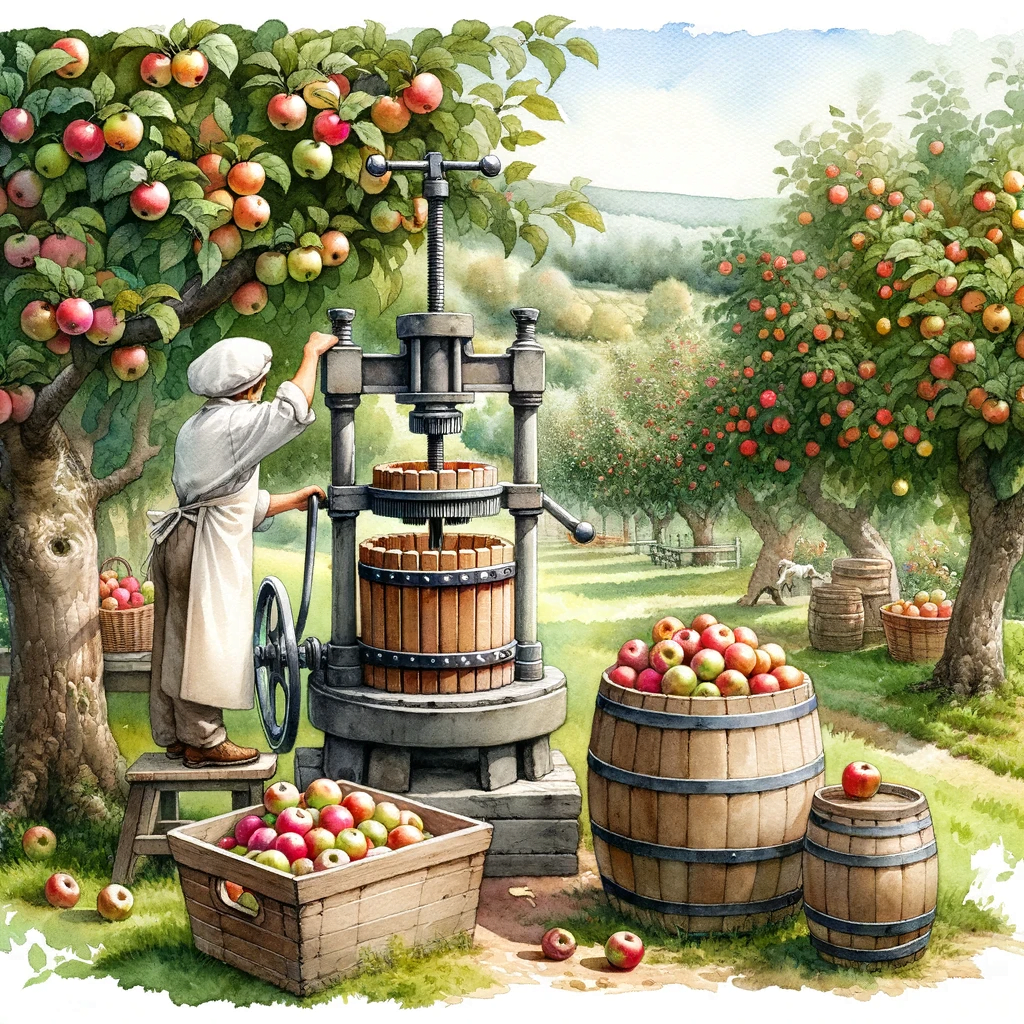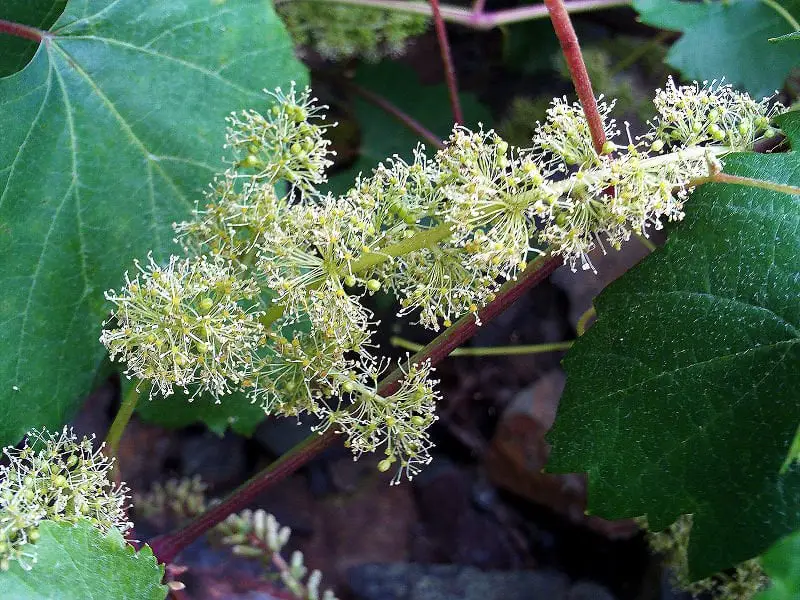You’re in for a treat if you’ve been eagerly awaiting the delicious taste of acorn squash. Its peak season is just around the corner, and you’ll soon be able to indulge in its sweet, nutty flavors. Whether you’re a seasoned acorn squash enthusiast or have yet to discover its culinary delights, read on to find out when exactly is the best time to enjoy this delectable vegetable.

Choosing the Right Season
Acorn squash is a delicious and nutritious vegetable that is enjoyed by many people around the world. If you want to make the most out of this seasonal delight, it’s important to understand when acorn squash is in season. By choosing the right season, you can ensure that you are getting the freshest and most flavorful acorn squash available.
Understanding Acorn Squash Seasonality
Acorn squash is a winter squash, which means it has a harvest season that typically begins in the late summer or early fall. Its peak season lasts through the winter months and into early spring. During this time, acorn squash can be found in abundance at farmers markets, grocery stores, and even in your own backyard if you are lucky enough to have a vegetable garden.
Peak Season for Acorn Squash
The peak season for acorn squash varies slightly depending on your location, but in general, it is from September to March. This is when acorn squash is at its best in terms of flavor and texture. If you can, try to plan your meals around this time to enjoy the full potential of this delicious vegetable.
Availability in Different Seasons
While acorn squash is most readily available during its peak season, it can still be found at other times of the year. However, the quality and flavor may not be as good as during the peak season. If you come across acorn squash in the spring or summer, it’s best to proceed with caution and check for signs of freshness before making a purchase.
Selecting and Buying Acorn Squash
When you’re ready to buy acorn squash, there are a few things you should keep in mind to ensure you choose the best ones.
Inspecting the Squash
Take a good look at the acorn squash before buying. Look for squash that is firm, heavy for its size, and has a dull or matte skin. Avoid squash that has blemishes, soft spots, or mold. These are signs of spoilage and indicate that the squash is past its prime.
Look for Signs of Freshness
In addition to visual inspection, you can also check for signs of freshness by tapping the squash lightly with your fingers. If it sounds hollow, it is a good indication that the squash is fresh and ripe. Avoid squash that sounds dull or doesn’t make a sound at all when tapped.
Consider Organic or Local Options
If possible, choose organic acorn squash or buy from local farmers. Organic squash is grown without the use of synthetic pesticides or fertilizers, making it a healthier choice for you and the environment. Local farmers often have fresher produce, as they don’t have to travel long distances to reach the market. Plus, supporting local farmers is a great way to contribute to your community and promote sustainable food systems.
Storing Acorn Squash
To make your acorn squash last and stay fresh for as long as possible, proper storage is key.
Determining Shelf Life
Acorn squash can typically be stored for up to three months if stored properly. However, its shelf life can vary depending on the variety, ripeness at the time of purchase, and storage conditions.
Proper Storage Conditions
To maximize the shelf life of your acorn squash, it’s important to store it in a cool, dry place. A dark pantry or cellar is an ideal location. Avoid exposing the squash to direct sunlight or high temperatures, as this can cause spoilage or premature ripening. It’s also important to keep the squash away from other fruits and vegetables that produce ethylene gas, as this can accelerate the ripening process and lead to spoilage.
Preparing Acorn Squash
Once you’ve selected and brought home your acorn squash, it’s time to prepare it for cooking. Here are some steps to follow:
Washing and Cleaning
Before cooking, give your acorn squash a good wash under cool running water. Use a vegetable brush to remove any dirt or debris that may be clinging to the skin. Once clean, pat the squash dry with a clean kitchen towel.
Removing Seeds and Peeling
To remove the seeds, use a sharp knife to carefully cut the squash in half lengthwise. Then, use a spoon or fork to scoop out the seeds and fibrous strands from the center. If you prefer, you can roast the seeds separately for a tasty and nutritious snack.
If you want to peel the squash, it’s best to do this after removing the seeds. Use a vegetable peeler or a sharp knife to remove the tough outer skin. Be careful when handling the knife and take your time to avoid any accidents or injuries.
Cutting Techniques
When it comes to cutting acorn squash for cooking, there are a few different techniques you can use. You can slice the squash into rings, dice it into cubes, or even stuff it whole. The cutting technique you choose will depend on the recipe you’re following and your personal preference. Just remember to be cautious and use a sharp knife to ensure clean and precise cuts.
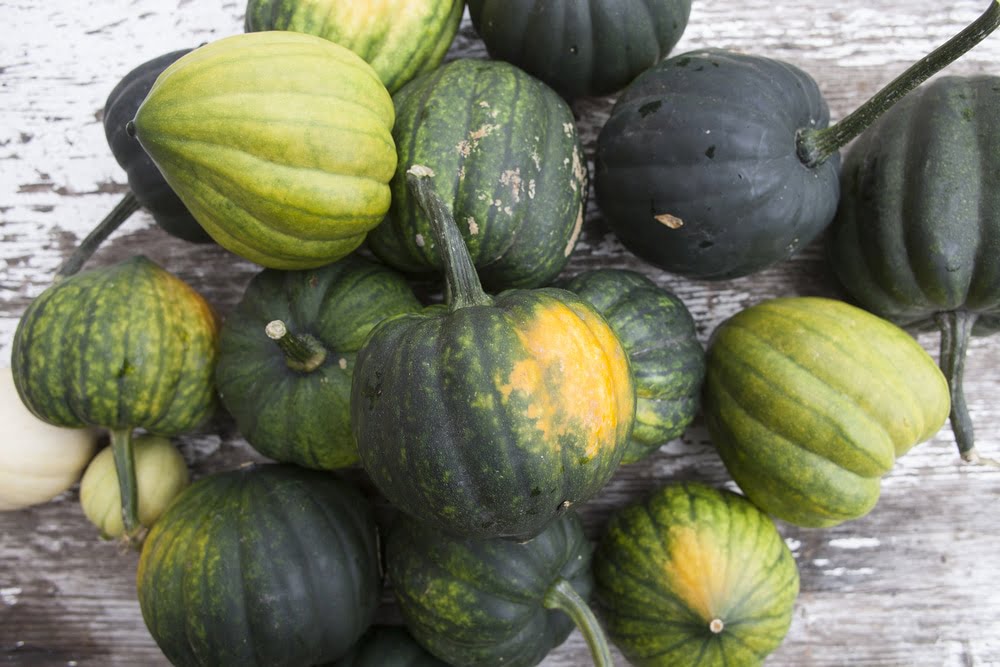
Cooking and Serving Acorn Squash
Now that your acorn squash is prepped and ready, it’s time to cook and enjoy it! There are several delicious ways to cook acorn squash, so let’s explore some popular methods:
Methods of Cooking
One of the most common ways to cook acorn squash is by roasting it in the oven. Simply place the prepared squash onto a baking sheet, drizzle with olive oil, and season with salt and pepper. Roast at 400°F (200°C) for about 30-40 minutes, or until the flesh is tender and caramelized.
Another popular method is to steam or boil acorn squash. This method is quicker and yields a softer texture. Simply cut the squash into smaller pieces, then steam or boil until tender.
You can also grill acorn squash for a smoky flavor. Cut the squash into slices or wedges, brush with oil, and grill over medium heat until tender and slightly charred.
Flavor Combinations and Seasonings
Acorn squash has a mild and slightly sweet flavor that pairs well with a variety of seasonings and ingredients. Some popular flavor combinations include:
- Sweet and savory: Drizzle the roasted squash with maple syrup or honey and sprinkle with cinnamon, nutmeg, or a pinch of brown sugar.
- Herby and aromatic: Toss the cooked squash with fresh herbs like rosemary, thyme, or sage, along with some garlic and olive oil.
- Spicy and tangy: Add a kick to your squash by seasoning it with chili powder, cumin, or paprika, and finish with a squeeze of lime or lemon juice.
Feel free to get creative and experiment with different flavors to find your perfect combination!
Delicious Acorn Squash Recipes
If you’re looking for some inspiration, here are a few delicious acorn squash recipes to try:
- Roasted Acorn Squash with Quinoa and Kale Salad: This hearty and nutritious salad combines roasted acorn squash, cooked quinoa, and massaged kale, dressed with a tangy lemon vinaigrette.
- Butternut Squash and Acorn Squash Soup: This comforting soup features a blend of roasted butternut squash and acorn squash, flavored with warming spices like cinnamon, ginger, and nutmeg.
- Stuffed Acorn Squash: Hollowed out acorn squash halves are filled with a savory mixture of quinoa, vegetables, and cheese, then baked until golden and bubbling.
Pairing Acorn Squash with Other Foods
Acorn squash can easily become the star of your meal or be incorporated into a variety of dishes. Here are some ideas for pairing acorn squash with other foods:
Protein Sources
To create a well-balanced meal, pair acorn squash with a good source of protein. Consider adding grilled chicken, roasted tofu, or sautéed shrimp to complement the flavors of the squash. You can also try combining the cooked squash with cooked lentils or beans for a vegetarian protein option.
Vegetable and Grain Pairings
Acorn squash can be a versatile ingredient in salads, stir-fries, or grain bowls. Pair it with other vegetables like roasted Brussels sprouts, sautéed spinach, or steamed broccoli for a colorful and nutritious dish. Additionally, you can serve acorn squash alongside grains such as quinoa, wild rice, or couscous to create a filling and satisfying meal.
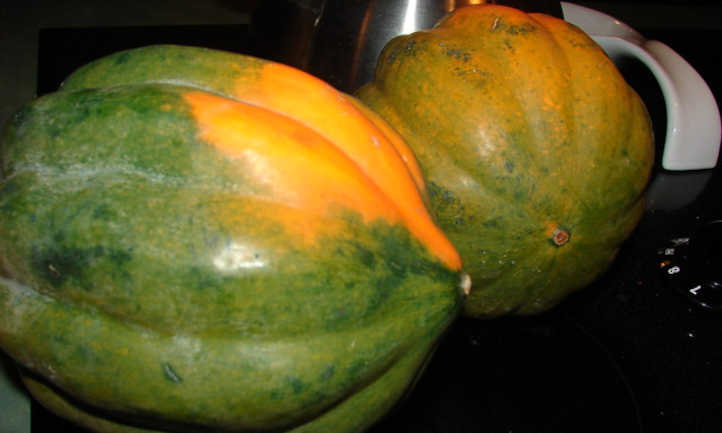
Nutritional Value and Health Benefits
Acorn squash is not just delicious; it is also packed with essential nutrients and offers numerous health benefits.
Rich in Nutrients
Acorn squash is a good source of vitamins A, C, and B6, as well as dietary fiber and potassium. These nutrients play a crucial role in supporting overall health and wellbeing.
Potential Health Benefits
Some potential health benefits associated with consuming acorn squash include:
- Improved immune function: The vitamin C content in acorn squash can help boost your immune system and protect against illness and infection.
- Gut health support: The dietary fiber in acorn squash promotes healthy digestion and can prevent constipation.
- Heart health: The potassium content in acorn squash is beneficial for maintaining healthy blood pressure levels and reducing the risk of cardiovascular diseases.
- Eye health: The vitamin A in acorn squash is essential for good vision and can help prevent age-related macular degeneration and other eye diseases.
Acorn Squash Varieties
When it comes to acorn squash, there are a few different varieties to choose from, each offering its own unique taste and texture.
Different Varieties of Acorn Squash
The most common variety of acorn squash is the classic green-skinned acorn squash, which has a nutty flavor and creamy texture when cooked. However, there are also other varieties available, such as the golden acorn squash, which has a sweeter flavor, and the white acorn squash, which has a milder taste.
Taste and Texture Differences
While all varieties of acorn squash share a similar shape and general characteristics, there are slight differences in taste and texture. Some varieties may be sweeter or have a smoother texture when cooked, while others may have a more pronounced nutty flavor or a firmer flesh. It can be fun to experiment with different varieties to discover your personal preferences.

Growing Acorn Squash
If you have a green thumb and want to try your hand at growing acorn squash, it’s important to create the ideal growing conditions.
Ideal Growing Conditions
Acorn squash thrives in warm weather and requires plenty of sunlight, at least six hours a day. It also prefers well-draining soil that is rich in organic matter. If you live in a cooler climate, it’s best to start the seeds indoors several weeks before the last frost date and transplant them outside once the soil has warmed up.
Planting and Harvesting Tips
When it comes to planting acorn squash, sow the seeds directly into the ground or start them indoors in biodegradable pots. Space the plants about three feet apart to give them enough room to spread out. Regularly water the plants, especially during dry periods, and watch out for pests such as squash bugs or vine borers.
Acorn squash is typically ready for harvest about 75 to 100 days after planting, depending on the variety. The squash should have a deep, solid color and a hard rind when fully mature. Use a sharp knife or pruning shears to cut the squash from the vine, leaving a few inches of stem attached.
Popular Myths about Acorn Squash
Acorn squash, like many other foods, has its fair share of popular myths and misconceptions. Let’s debunk some of them:
Myths Debunked
- Myth: Acorn squash is only a side dish. Fact: Acorn squash can be the star of a meal and can be used as a main ingredient in a variety of dishes, from soups to salads to stuffed squash recipes.
- Myth: Acorn squash is not versatile. Fact: Acorn squash is incredibly versatile and can be cooked using different methods and paired with various flavors to create a wide range of delicious dishes.
- Myth: Acorn squash is difficult to cook. Fact: While acorn squash may require some preparation, such as removing the seeds and peeling, it is relatively easy to cook and can be enjoyed by novice and experienced cooks alike.
Misconceptions about Cooking and Eating Acorn Squash
- Misconception: You have to peel acorn squash before cooking. Reality: While the skin of acorn squash is edible, it can become tough when cooked. However, if you prefer to keep the skin on, you can roast or steam the squash in halves and scoop out the flesh after cooking.
- Misconception: Acorn squash is high in calories. Reality: Acorn squash is relatively low in calories, with approximately 56 calories per cup (205 grams) of cooked squash. It’s a nutritious option for those looking to maintain a healthy weight or follow a balanced diet.
- Misconception: Acorn squash is bland. Reality: Acorn squash has a mild flavor that can easily be enhanced with herbs, spices, and other seasonings. It can be as flavorful as you choose it to be.
Now that you have a better understanding of when acorn squash is in season, how to select and store it, and various ways to cook and enjoy it, you can confidently incorporate this versatile vegetable into your meals. Whether you’re roasting, steaming, or grilling, acorn squash is sure to bring warmth and nutrition to your plate. So why not give it a try and discover the delightful flavors and health benefits of acorn squash?

